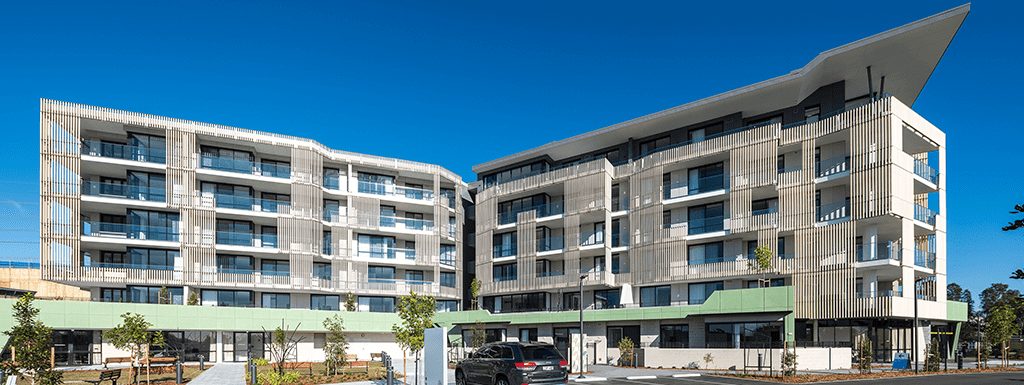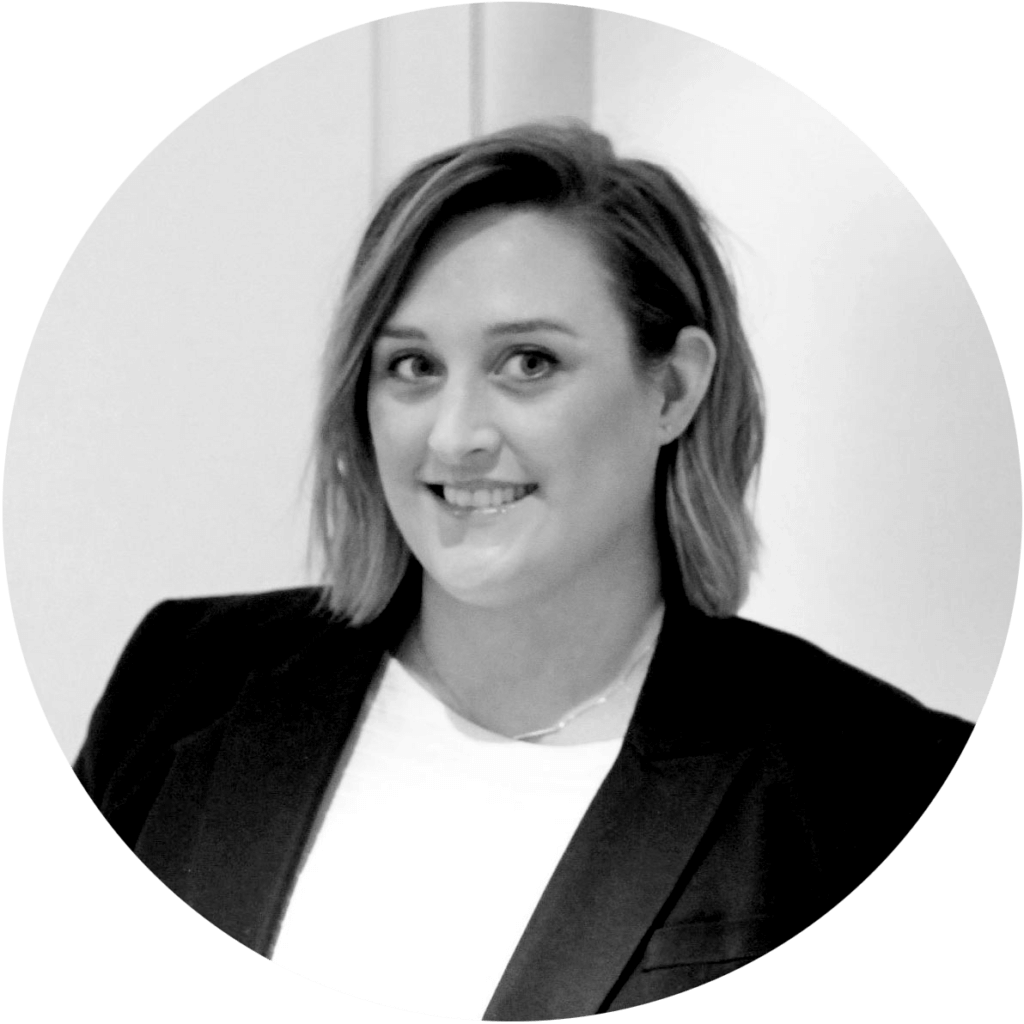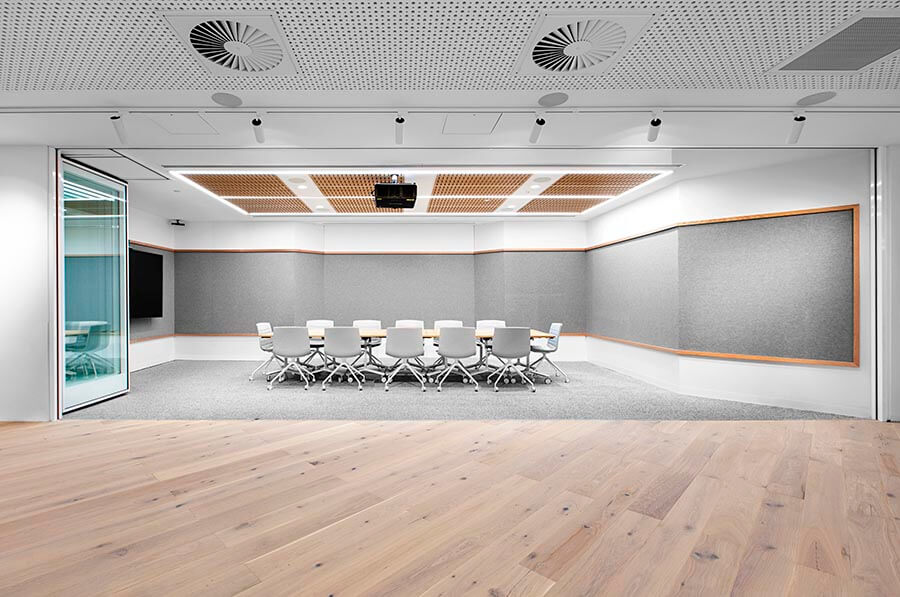
About
Building Services Engineers (BSE) is a highly respected consulting engineering practice specialising in sensibly designed, energy efficient building services solutions (mechanical, electrical, fire, hydraulic, sustainability, audio visual, and vertical transportation).
BSE’s way of working revolves around ‘True Partnership’, ensuring they’re with their clients at each stage of the project. They have a ‘Specialist Meets Generalist’ approach, specifically structured to harness the power of specialisation while holding onto the coordination and optimisation that comes with having a complete picture practice.
Number of staff
70+
Location
Sydney, Brisbane, Melbourne, Canberra, and Adelaide, Australia
Follow
Website
LinkedIn
Instagram
Facebook
Twitter
Synergy product
Synergy cloud — Enterprise
How built environment businesses can gain flexibility and growth in the cloud
Challenges
- Inability to assess each office’s project success and profit independently
- An outdated server-based system meant a maximum of 12 staff members could access data remotely via a VPN
- Addition of new disciplines to service offerings could take days or even weeks to set up
- The physical infrastructure of on-premises server solutions hindered flexibility and growth
Benefits
- Synergy’s multi-office feature allows segmentation of business data between offices, project managers, regions, disciplines, and more
- Synergy’s cloud-based platform means staff can work from anywhere, at any time, and access all their business and project information wherever they are
- Setting up a new discipline in Synergy cloud takes 10 minutes and requires no structural change to the software use
- Synergy cloud means none of the cost and time associated with ordering and implementing hardware as the business grows and expands, while allowing all staff to work flexibly

Jessica Chesser
National Operations Manager
Jessica’s experience lends a unique combination of project and management approach to delivering customer satisfaction. With a national method to exceed client needs and expectations, she focuses on platforms and process to support the design and project teams to deliver innovative and unique, buildable and compliant and project outcomes.
“I can take my laptop physically anywhere and work like I would in the office. If I don’t have my laptop, I just have to log on to any browser and I can access everything that I need to. I can do it from my phone. It’s insane!”
National Operations Manager, Jessica Chesser started with Building Services Engineers (BSE) in 2014. She says, “I like being able to contribute to creating spectacular buildings, or office spaces, or community spaces. Particularly in a purpose-driven organisation.”
Benefits
Starting from a server-based system
Before September of 2019 (and prior to CEO Andrew Fraser’s vision of a serverless practice), BSE were using Synergy office to run their business and project management. Jessica says it was an almost perfect solution. However, like most of the built environment industry at that point (and perhaps like your business now), all their systems were tied to their in-office servers, and that restricted BSE’s flexibility and growth.
A vision
The BSE team were excited when they first saw Synergy cloud at a Total Synergy conference, and they immediately started planning their move. They began implementation late 2019. “Maybe because we’d been using Synergy for so long, there weren’t any obvious pain points of changing to the cloud version,” says Jessica. “It’s got the structure and the flexibility we need, as it’s a platform that’s designed for consultants like us”.
The BSE team are now comfortable with Synergy cloud, and Jessica says that in the rare case they come across a function that doesn’t meet their needs, they’re extremely pleased to have a relationship with Total Synergy that can see it added to the development schedule.
Timing your in-cloud implementation
Reflecting on BSE’s Synergy cloud implementation, Jessica says it may have been early, but their CEO, Andrew, was keen to get it moving. It also turned out to be exactly the right time — before the globe was gripped by the covid pandemic.
It’s no secret that changing legacy software is disruptive, often creating a huge amount of downtime for a business. However, Jessica says that for BSE it was minimal.
“It was disruptive and a steep learning curve, but at some point, you’ve got to do it. You can over-plan and not get a lot of uptake, but if you push it out the staff learn it.”
Solutions
Multi-office feature
For BSE, Synergy cloud’s multi-office function provided a key driver for their cloud shift. Synergy’s multi-office function has the benefit of allowing BSE to assess each of their 5 offices independently in terms of project progress and, importantly for business management, profit.
The practice uses multi-office to slice their company data in a lot of different ways. From looking at their national numbers, to state-level profit and loss, performance, and customer satisfaction. Within those segments, they examine by project manager, and by discipline.
“Synergy really clearly gives us that information — on screen and through the reports — to understand where losses are coming from, if there are any, and why they’re there.”
The switch to cloud in time for covid
BSE were in the process of switching to an entirely cloud-based office before covid hit. That process was well underway by the time March 2020 came around and everyone had to work from home. Prior to that they’d been running an old VPN that allowed a maximum of 12 people on at any one time. So, everything would’ve come grinding to a halt if BSE hadn’t been where they were.
Jessica says that BSE CEO, Andrew, probably saw where the built environment industry was heading, and that’s why he was implementing their serverless office before the pandemic made it critical. “Covid provided that big push,” she says, “an external reason that accelerated everything. Andrew wanting the cloud-based environment was really about giving us flexibility, and ease of future growth as well.”
Steps to the cloud
Jessica says that the cloud also gives BSE scope. The team recently added the discipline of acoustics to their service offering and not having to go through a huge, server-based structural change was incredibly freeing for them. “The cloud gives you flexibility and agility that servers don’t necessarily,” says Jessica. “if you’re ordering a new server, it can take months to get it. Starting a new SharePoint team, or Teams team, or Synergy office literally takes 10 minutes. From anywhere.”
The BSE cloud-based, serverless office now
Through most of COVID (except in Victoria) BSE had a roster to keep their staff numbers safe and reduced. “Some people were really happy to work from home,” says Jessica, “while other people wanted to be in the office. So, we gave them the flexibility that they needed to work. As it stands, I can take my laptop physically anywhere and work like I would in the office. If I don’t have my laptop, I just have to log on to any browser and I can access everything that I need to. I can do it from my phone. It’s insane!”
Managing a practice during a crisis
Jessica says the fact that BSE had already moved to the cloud made covid life a lot easier for the team. They weren’t asking their team to learn new software while getting people to work from home for the first time. Where their staff did their job changed, not how they did it.
“There are so many horror stories about mass redundancies, but we didn’t have to do that — because we had the flexibility. We knew exactly what our forecast work was, even when projects went on hold, we could still see the adjusted forecast. It made the decision-making a lot easier, being able to see it on a screen, on your phone, anywhere.”
Built environment projects back online
Everyone at BSE is excited that they’re seeing some project approvals come through again. “Our projects have very much started to come back online”, says Jessica. “I think what’s brilliant about our industry is that our people want to work, they want to work hard. They want interesting projects to work on, so seeing those opportunities come back is really exciting.”



